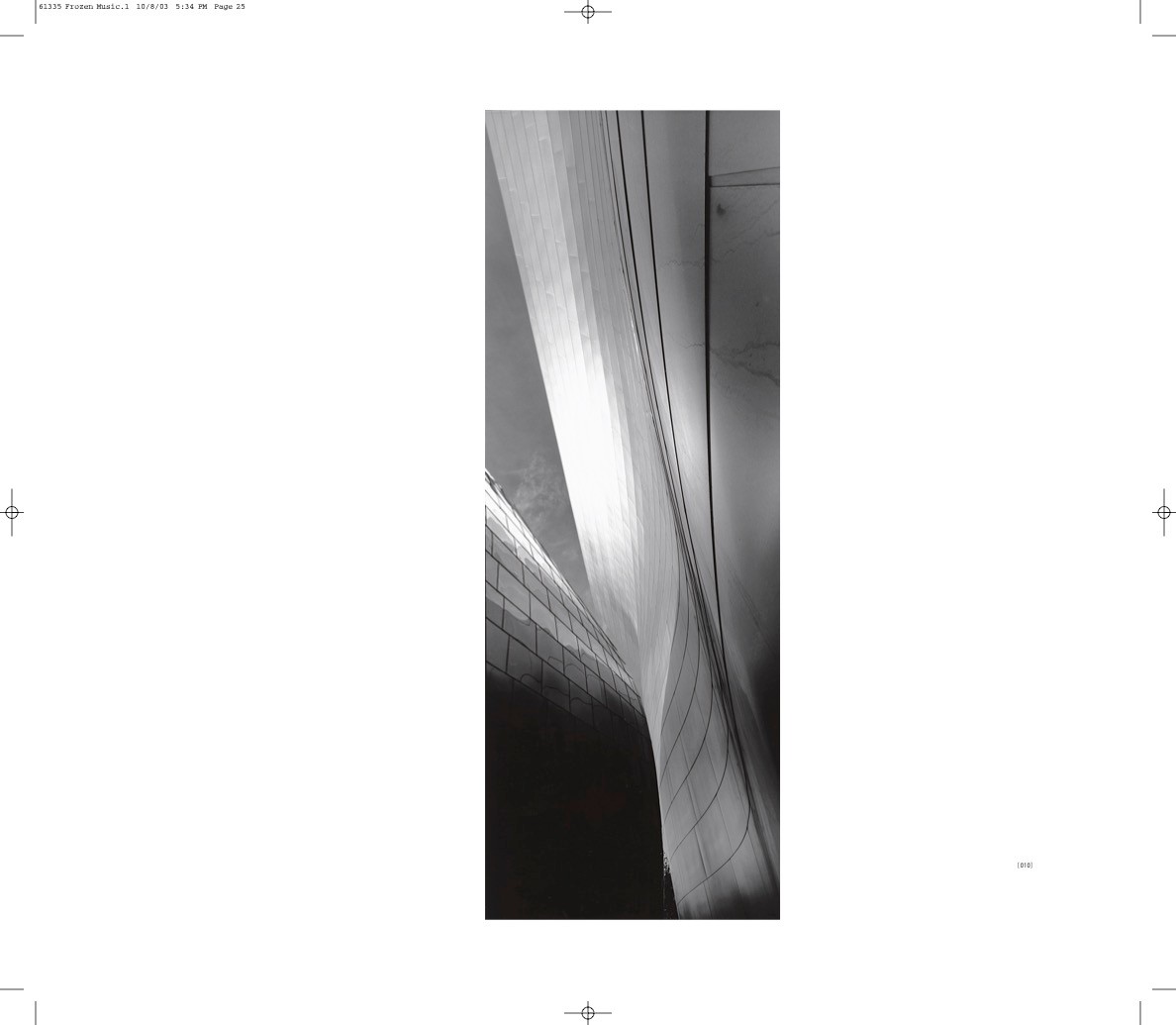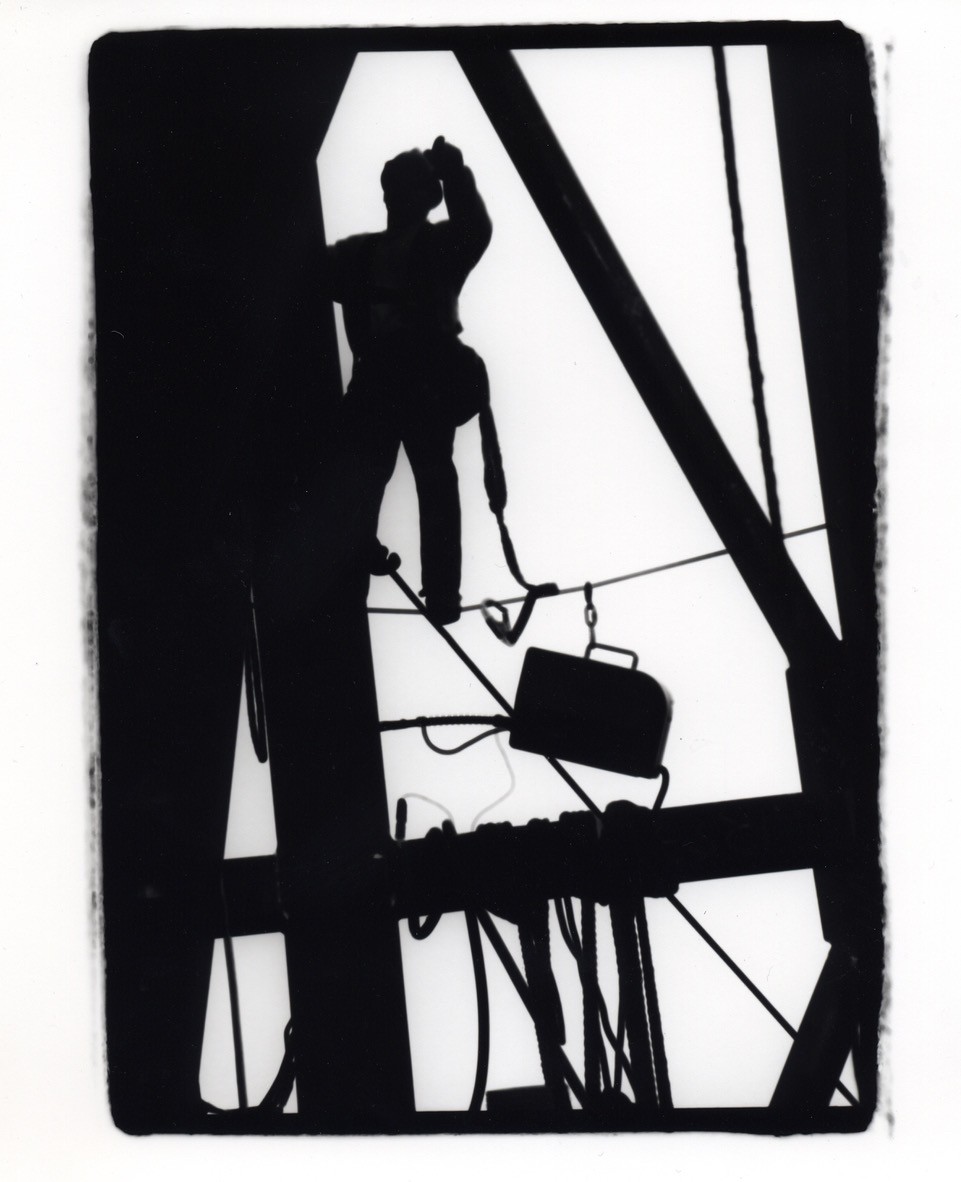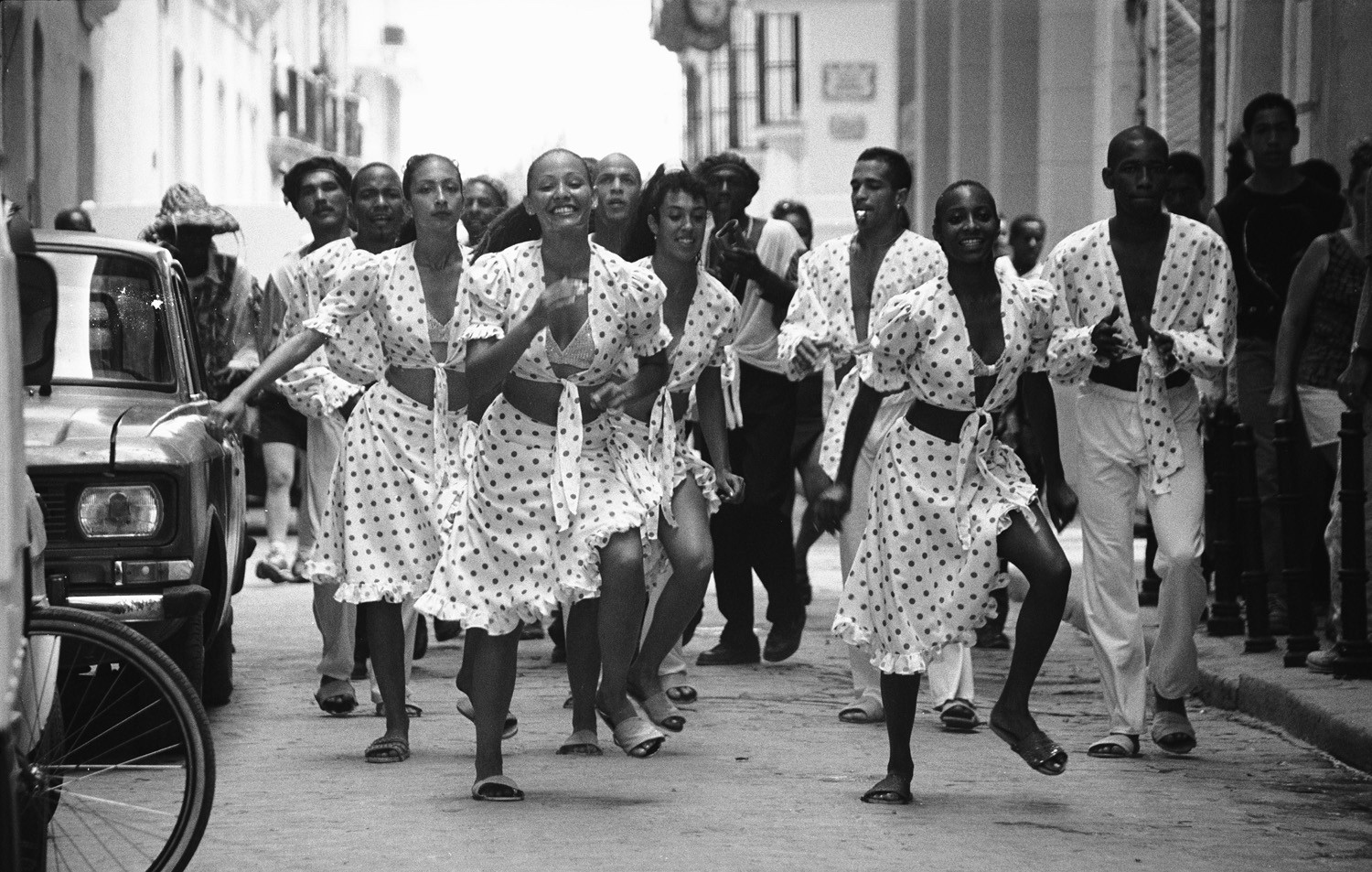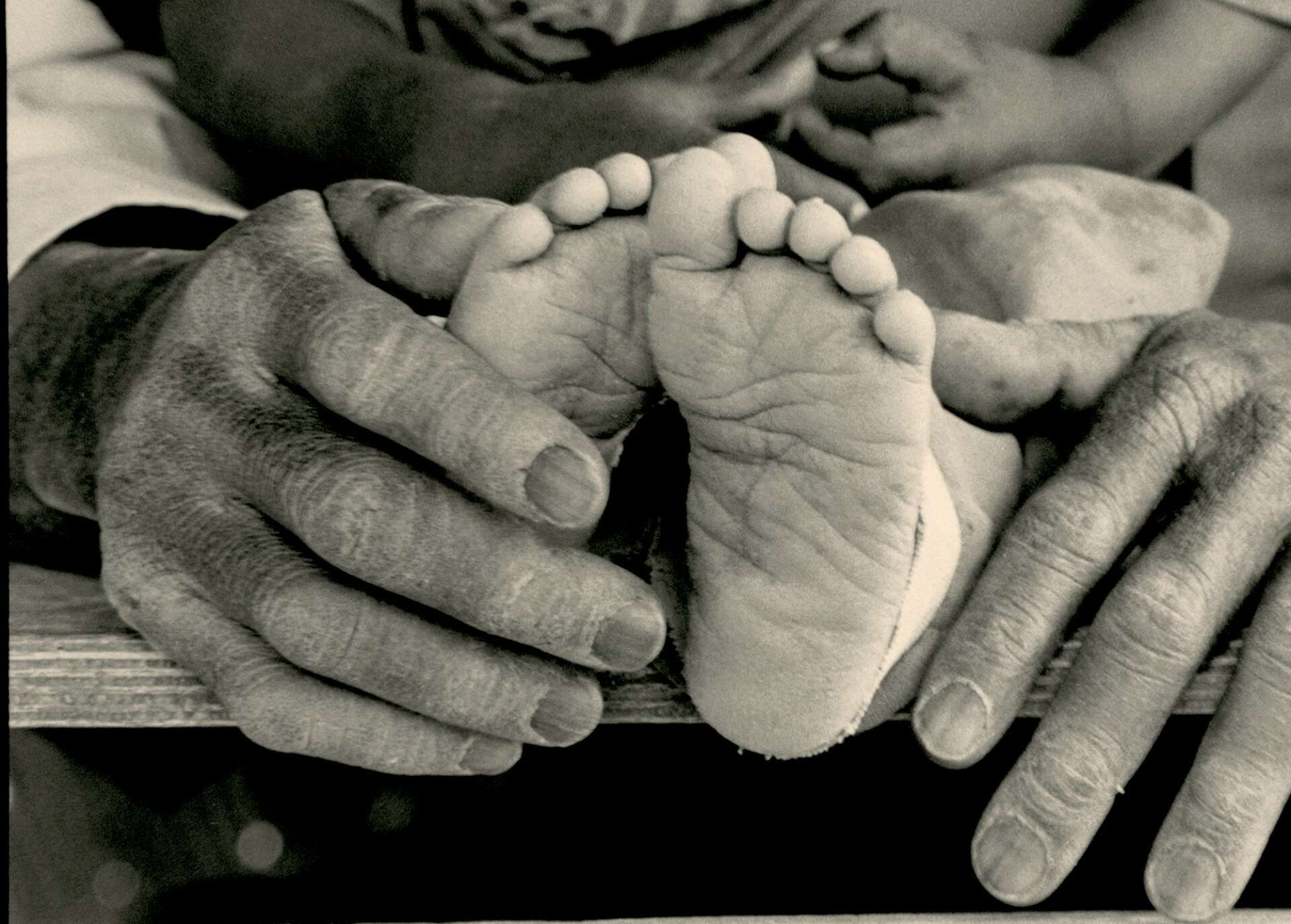We caught up with the brilliant and insightful Gil Garcetti a few weeks ago and have shared our conversation below.
Hi Gil, thanks for joining us today. When did you first know you wanted to pursue a creative/artistic path professionally?
A few months after the voters kicked me out of the District Attorney’s Office, I saw IRONWORKERS moving around huge pieces of iron other than being built the Walt Disney concert Hall. I was able to get on site and was taking photographs of both the IRONWORKERS and the raw steel that would ultimately be covered. I wanted to salute the IRONWORKERS because though.Frank Gehry would get his deserved credits for the design of the WDCH, the ironworkers and other crafts workers also deserved acknowledgement and thanks.
After a few days on site, walking the beams as every IRONWORKER WAS DOING, I BEGAN GIVING INDIVIDUAL IRONWORKERS COPIES OF PHOTOGRAPHS THAT I HAD TAKEN OF THEM. APPARENTLY, PHILHARMONIC STAFF SAW SOME OF THE IMAGES AND SUGGESTED THAT MAYBE THEY COULD USE A FEW IN THE BOOK THEY WERE DOING. I WAS THRILLED WITH THE OPPORTUNITY. WHEN THEY SAW A GOOD NUMBER OF MY PHOTOGRAPHS THEY SUGGESTED that I a publish my own book. That began the process of me becoming a professional photographer that hashes far resulted in 11 published books


Gil, before we move on to more of these sorts of questions, can you take some time to bring our readers up to speed on you and what you do?
The 11 books I have published in the exhibitions I have had around the world are the result of me being inspired in someway. The inspiration for the vault is a concert hall was because I wanted the public to acknowledge the work and craftsmanship of the IRONWORKERS and to view and absorb the beauty in all its stages of construction as well as the finished building.
My book, WATER IS KEY, what is a result of a visit to West Africa in January/February 2001. I was there as a member of the Conrad, Hilton Foundation team that was there to judge the efforts by various entities in bringing safe water to the people of West Africa. Seven months later we had 9/11. The countries we visited were primarily Muslim countries. On my trip I learned that there was plenty of water for all the people of West Africa, but they did not have the finances, nor the expertise defined the water that was invariably subterranean. That’s where the Hilton Foundation and others came in to help them find and bring water to isolated villages. I proposed to the Hilton Foundation that I would go back to West Africa interview in photograph my subjects. The book could be used by the Hilton Foundation by sharing the books with nonprofits who are working to bring safe water in West Africa. Their sale of the books would go directly to building borehole wells. This was accomplished and as a result literally thousands of girls now go to school and their villages have safe water, which greatly increases the health of all villagers. Because of my photographs and EXHIBITIONS at the United Nations, and at UNESCO headquarters in Paris, I was asked to be a UNESCO cultural ambassador speaking around the world on the issue of safe water.



Is there a particular goal or mission driving your creative journey?
I had a specific goal with my photographic project in West Africa on safe water. Through my photographs, speeches, photo exhibitions, and media coverage, my goal was to encourage individuals and organizations to financially support the building of borehole wells and the establishment of microcredit programs.
With every borehole well came a much healthier community, including lower infant mortality, eradication of some diseases associated with bad water, programs teaching villagers, how to harness water for growing vegetables in their own gardens, and, especially, enabling girls to finally go to school. Without a borehole well that brings clean, safe water , it was the girls and women of the village.that, every day, would have to fetch the water from a local source., often miles away. A borehole well also enable the women of the village to becomes microcredit entrepreneurs. Many of these women were successful, and some startling successful. With the money they earned, they would often pay for a nurse to visit the village at least every month, they would have the money to build latrines near the school, so that girls would not be embarrassed when they had their menstrual cycle. Often, the successful microcredit entrepreneurs built storage facilities to keep their grain to help when the season placed them in a famine due to lack of seasonal rains, and some microcredit entrepreneurs even built water storage tanks in their village.
Having girls go to school for the first time in the history of a village was life changing for the girls and their families. But I believe it was also life changing for the entire village, their country, and our world. Today borehole wells are being built and no longer are hand pumps part of the well. Now solar power is connected to these wells and the girls and women can collect safe water by simply twisting a nozzle head. And all for only $5600. The Conrad Hilton Foundation partners with the non-profit World Vision to help finance the wells. World Vision then is committed to the village for at least 15 years with visits at least least six visits every year to make sure everything is working as the village has hoped and that women remain in charge of the water in their villages.
As a result of my West Africa photographs, speeches and exhibitions around the world Including the United Nations, UNESCO, and the European Union. One of the greatest honors I have received was as a result of my photographic work in
West Africa, being sworn in as a United Nations Cultural Ambassador. As a UN Cultural Ambassador I had the privilege of speaking around the world on the subject of safe water and the empowerment of women.



Have you ever had to pivot?
For 32 years I was a prosecutor in the Los Angeles County District Attorney’s Office. My last eight years was as the elected District Attorney, overseeing approximately 1100 lawyers in a county of nearly 10 million residents. When I ran for reelection in 2000, the voters told me to go and find something else to do with my life.I truly did not know what the next profession chapter would be for me.
In the back of my mind I knew that i had resolved to live in good mental and physical health until i was at least 88. When I was 39 I went through a very serious health issue. Without going into details, suffice to say that I met a man who inspired me to live in good health until I was at least 88.
WhenI left office was 59 and determined that I had at least one more career left before reaching the age of 88. And I didn’t want it to be the law. I had a very good career as a lawyer and elected official .It was always challenging, but It also often brought great satisfaction. However, I wanted to do something else with the rest of my life.
I did not plan on being a professional photographer, but that is what has happened. I knew that if I failed in whatever new venture I decided to pursue, failure would be embarrassing, personally, and professionally. But you can’t be any more embarrassed that I was when I was summarily voted out of office. So failing a new career did not really bother me. I would just try something else. But I had the good fortune of being in the right place at the right time with my photography at the Walt Disney Concert Hall. Those early photographs, and later photographs too, resulted in a major exhibition of 99 photographs in the National Building Museum in Washington DC. I was now a professional photographer.
Twenty threes years later, photography has been, and continues to be a fascinating, wonderful, professional experience.for me. Yes, completely different than being the Los Angeles County District Attorney, but those 32 years in the DA’s office were not in vain. I used many skills I learned in those 32 years and perhaps I am even better and maybe even a more successful photographer than had I gone directly into photography instead of the law. The famous architectural photographer, Julius Schulman, often introduced me to audiences where I was speaking. He always told the audience, “When I first saw Gil’s photographs, I told him ‘This is what you should have seen doing all your life, not the law! ‘” Maybe he was right, but I have no regrets whatsoever of my route to a career in photography.
Contact Info:
- Website: www.garcetti.com
- Instagram: @gilgarcettiphotography
- Facebook: Gil Garcetti
- Linkedin: gilgarcettiphotography
Image Credits
Gil Garcetti


